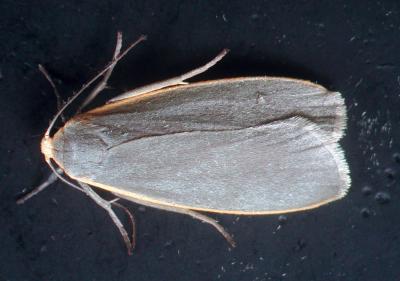¡Viva La Science! What Sounds Sexy To A Moth?
¡Viva La Science!


The Japanese lichen moth
photo by Ryo Nakano
Latest Article|September 3, 2020|Free
::Making Grown Men Cry Since 1992


The Japanese lichen moth
photo by Ryo Nakano